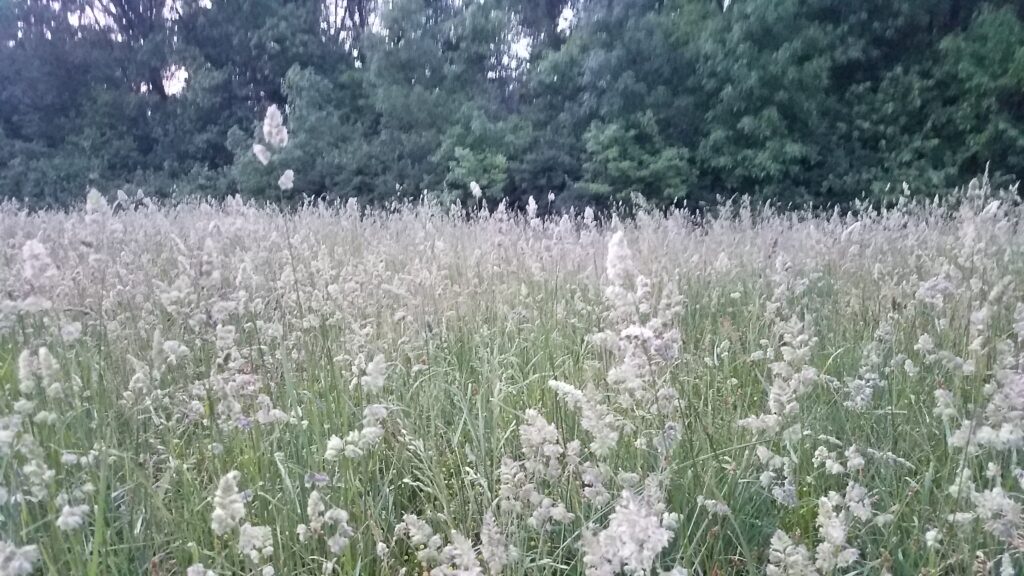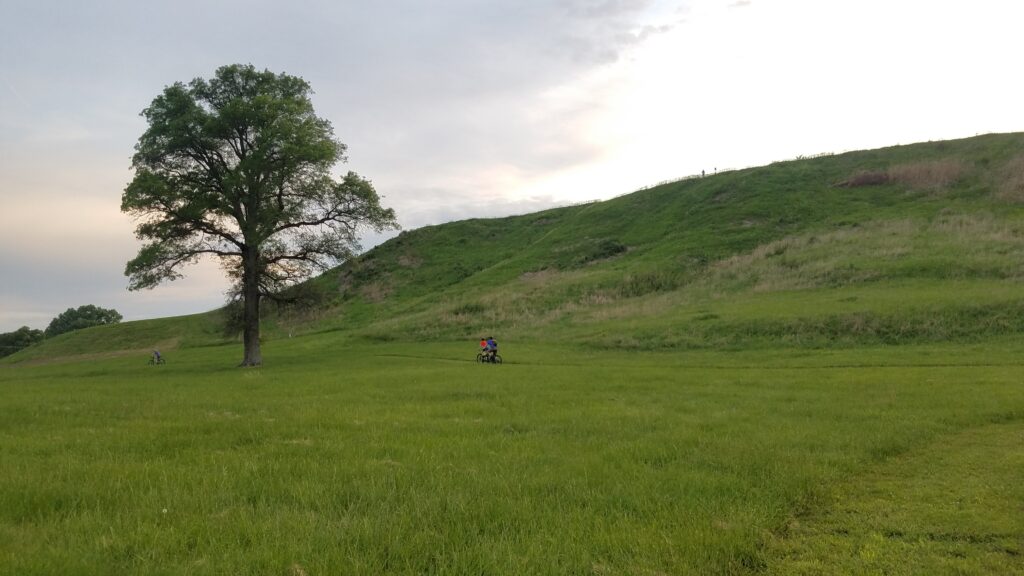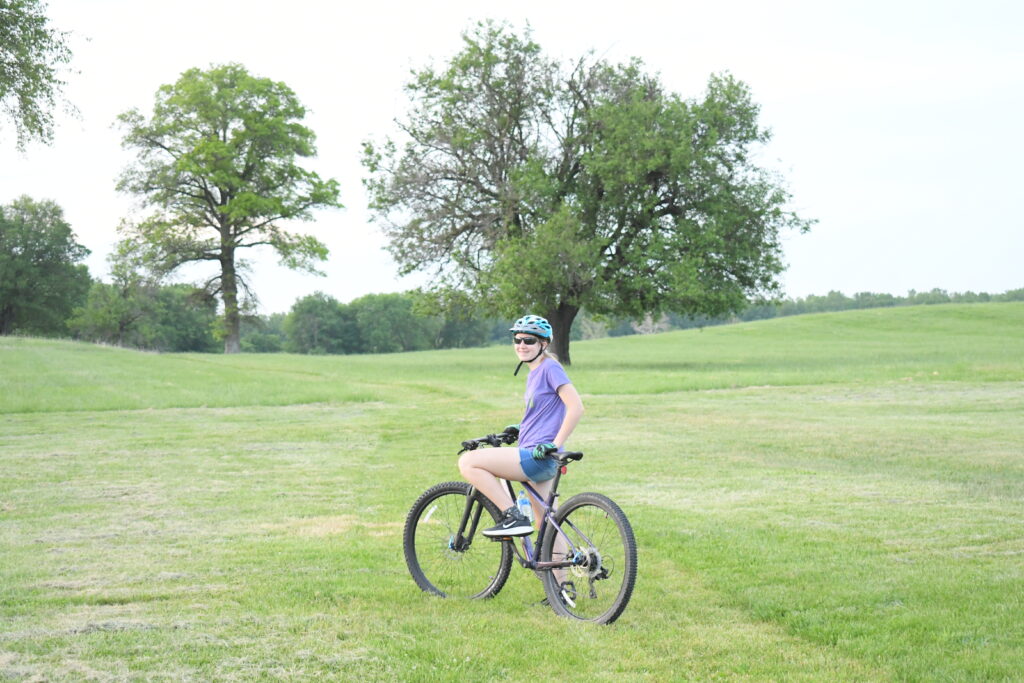St. Louis: City Museum, Missouri and Cahokia Mounds, Illinois
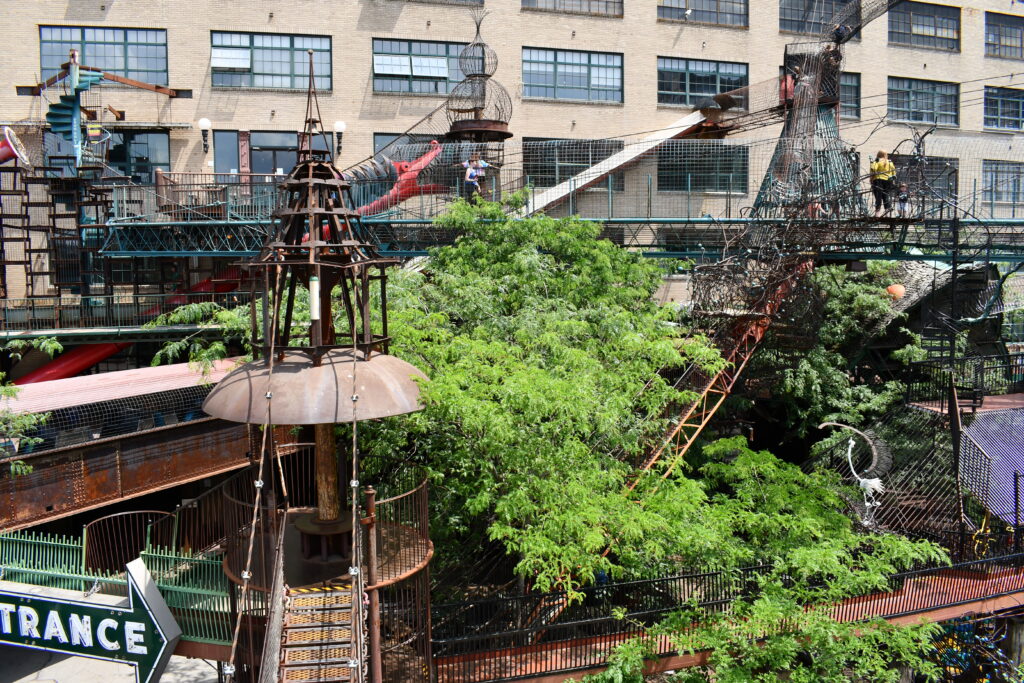
We began the day with an adventure to the City Museum. It’s a fun place where kids and grownups alike can climb the many welded obstacles wrapped around trees and explore winding mazes through caves and waterscapes.

It feels like a blend of steampunk and Mad Max Thunderdome with the culmination of inside activities ending in a 10-story slide (a 5-story slide is available for a shorter climb).
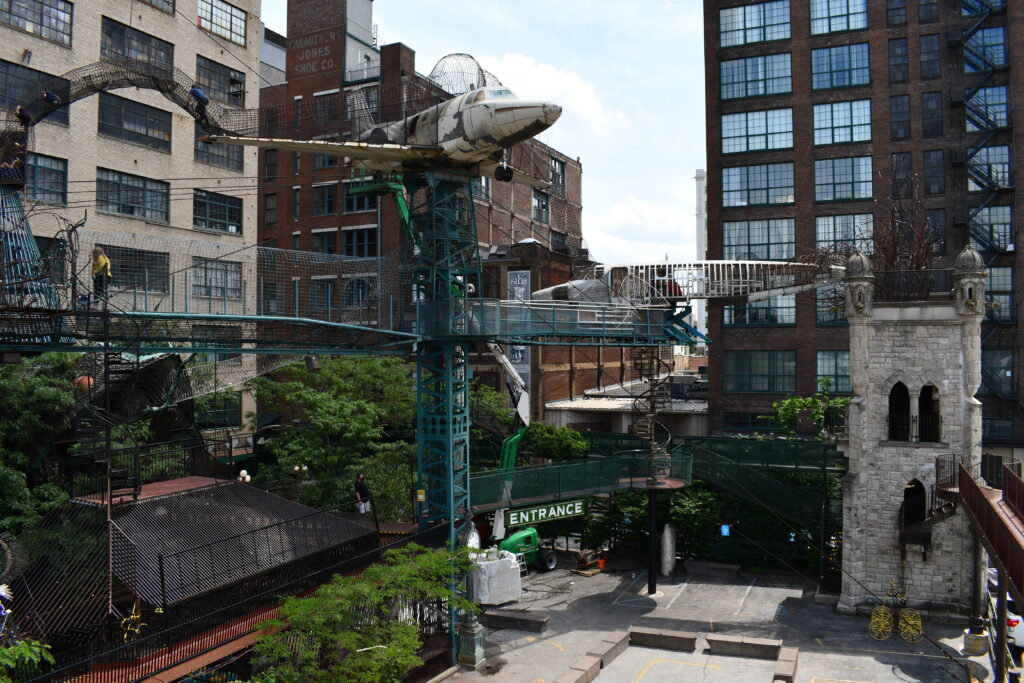
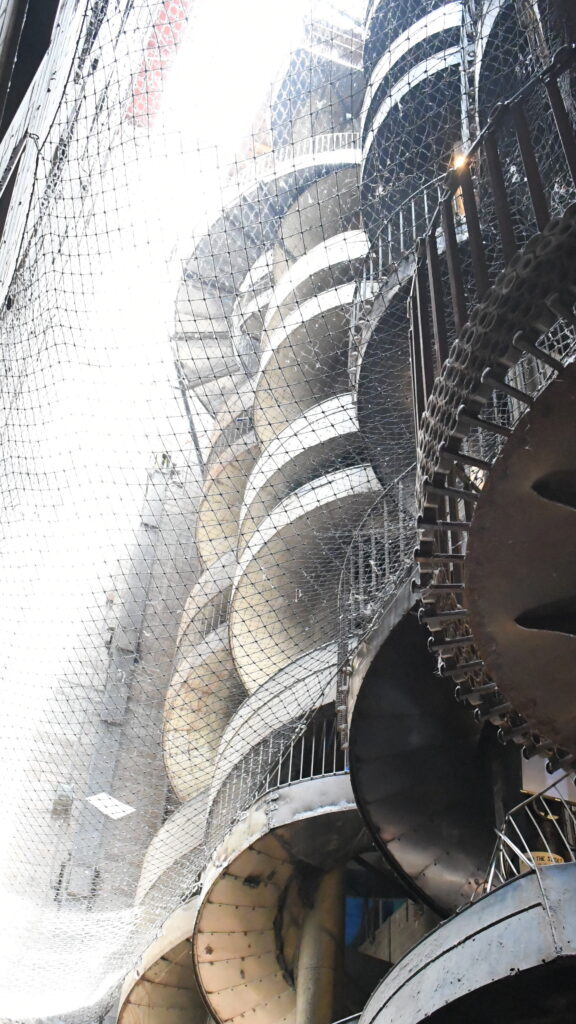
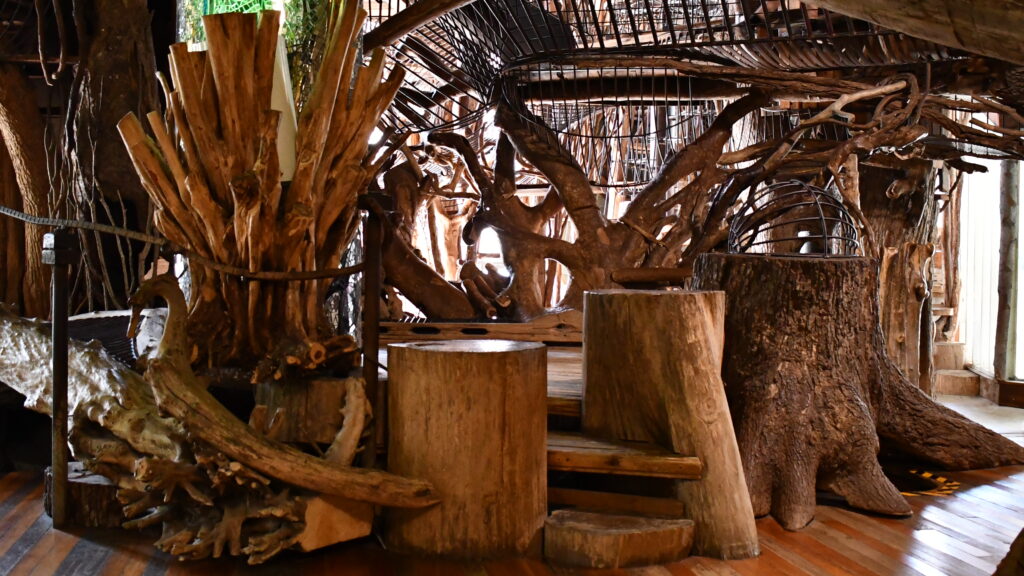
The kids continued the adventure outside and crawled through wormhole tubes suspended high in the air resembling Einstein’s space-time fabric illustrations and EM Escher sketches combined. Engineers and designers must have loved this project.
After all this exercise, if your kids are ready for more than you can buy a rooftop pass for $8 and access even more structures! All the hours of climbing wore my kids out without the roof pass so we retuned to the RV for a rest.
Then, we headed to Cahokia Mounds just across the Mississippi River near East St. Louis on the Illinois side.
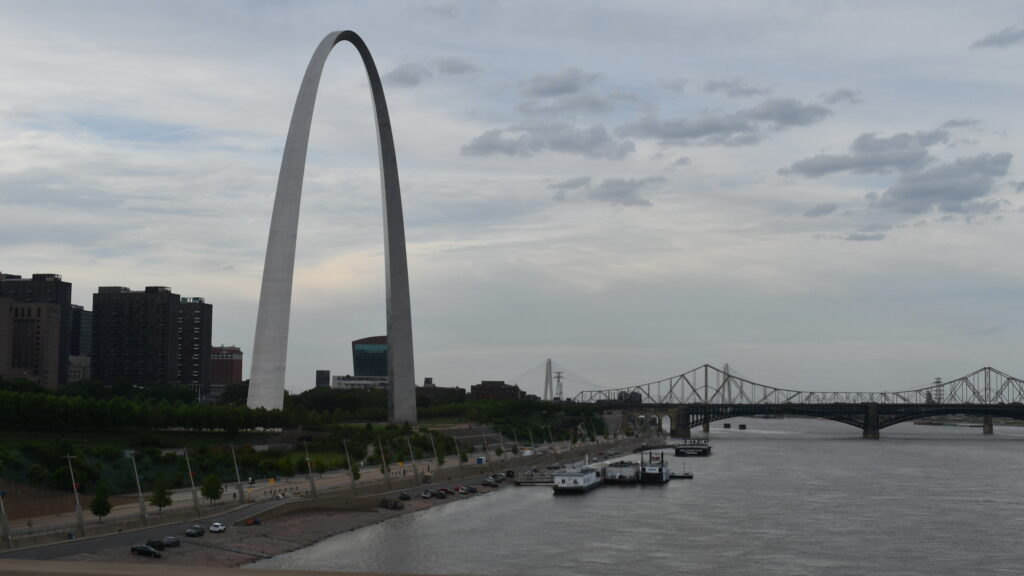
Cahokia Mounds
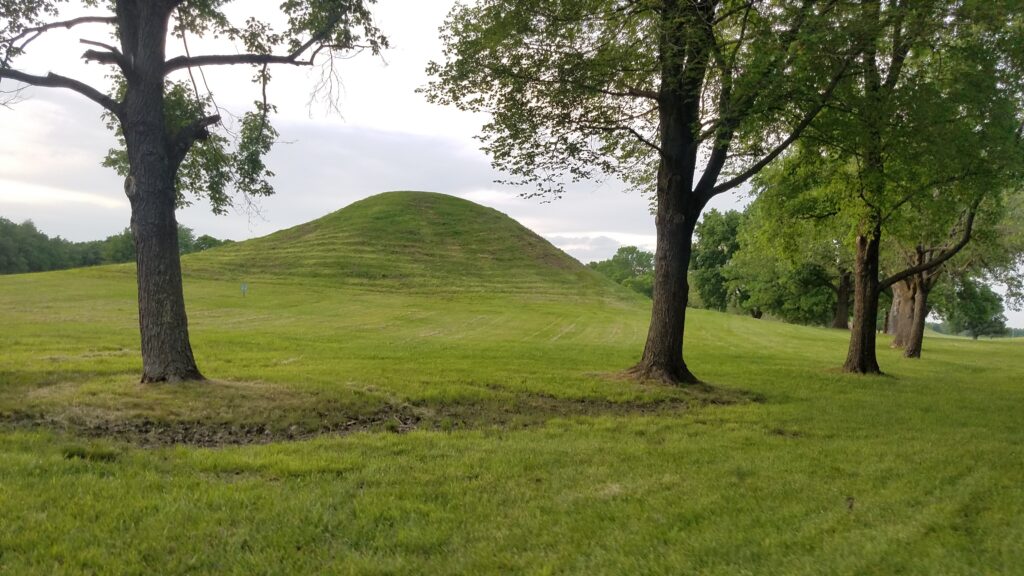
Prehistoric Mound Builders lived in Illinois just east of St. Louis from 700 AD-1350 AD. The civilization peaked at this UNESCO site in AD 1150 when 15,000+ Mississippians lived within the six square-miles around Cahokia Mounds, making it larger than many European cities at the time.
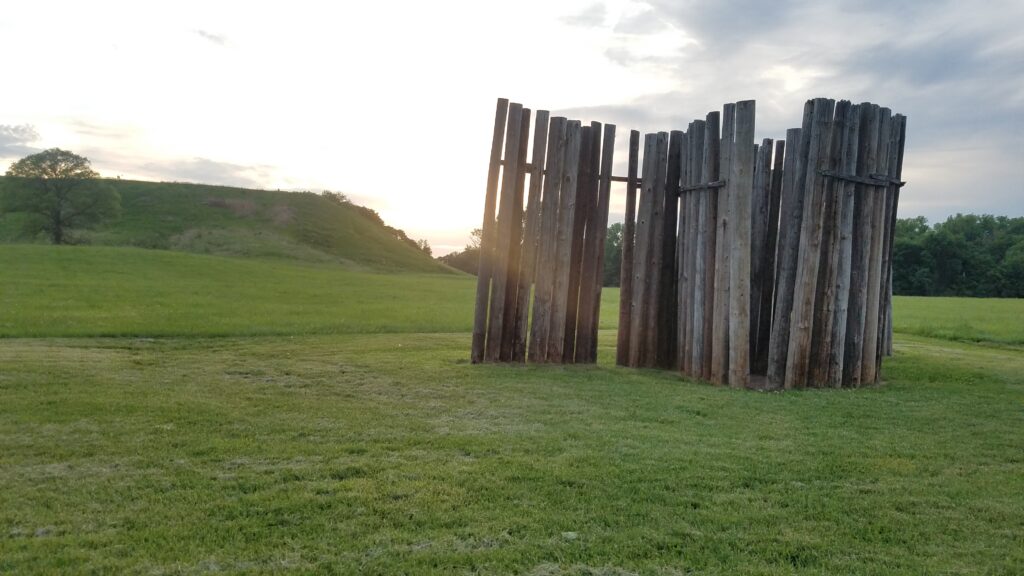
Approximately 120 mounds were built over the centuries which illustrates a complex society and the largest north of Mexico. The original name of the area has been lost. The name given was from the Cahokia tribe living at the mound when Europeans explored the area. The mounds and flatlands were made from carrying dirt in baskets to build up or flatten the terrain.
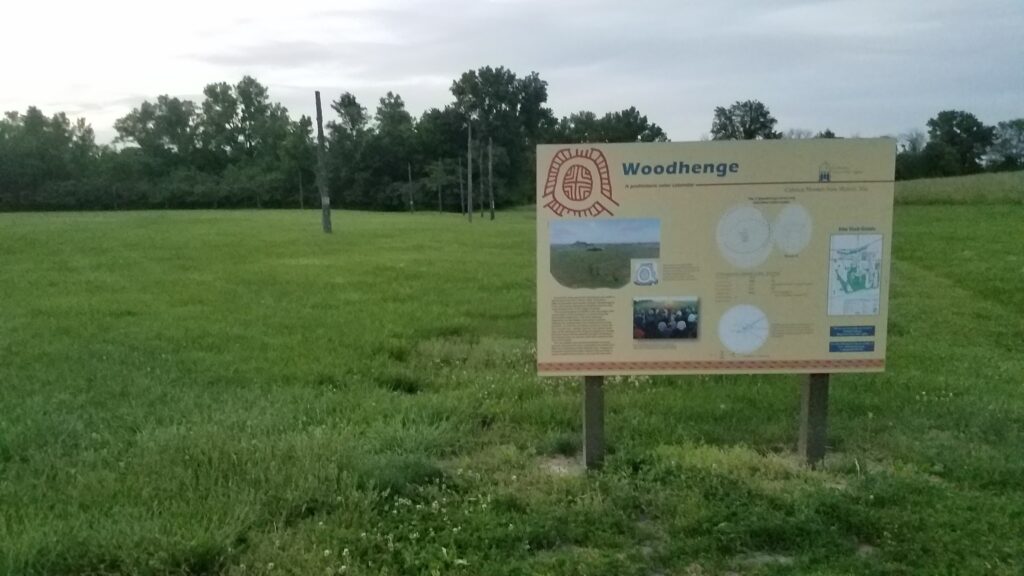
But these were not only earth-moving people, the Cahokias also build a structure several times on the same spot known as ‘Woodhenge’ to mark the winter and summer solstices. Tall narrow telephone-pole looking trees were used to mark Woodhenge.
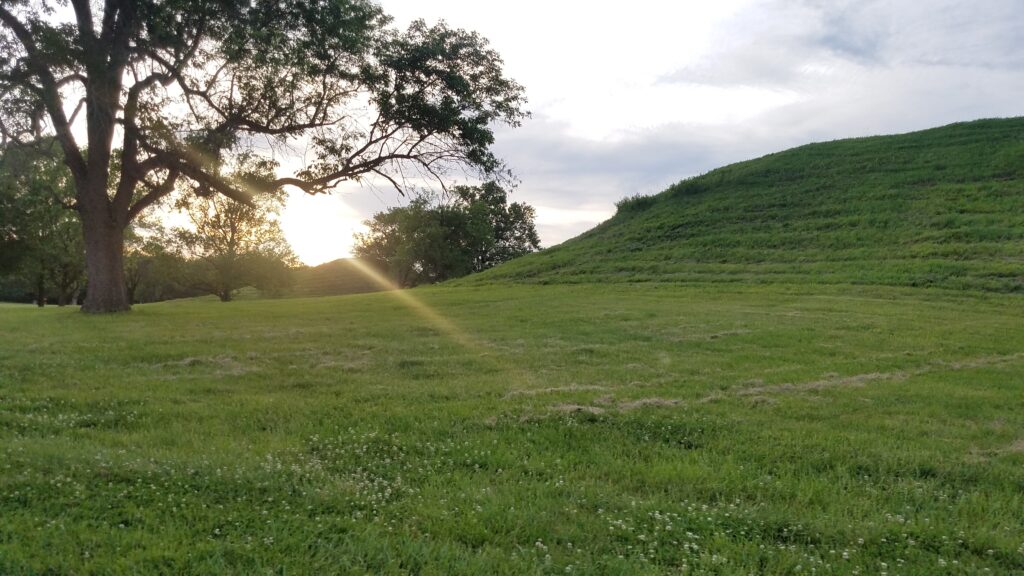
With all of this complex culture and society, the question remains ‘why was it abandoned?’ Cahokia mounds were likely abandoned due to a surge in population, resource depletion, possible political unrest, climatic change, and external friction.
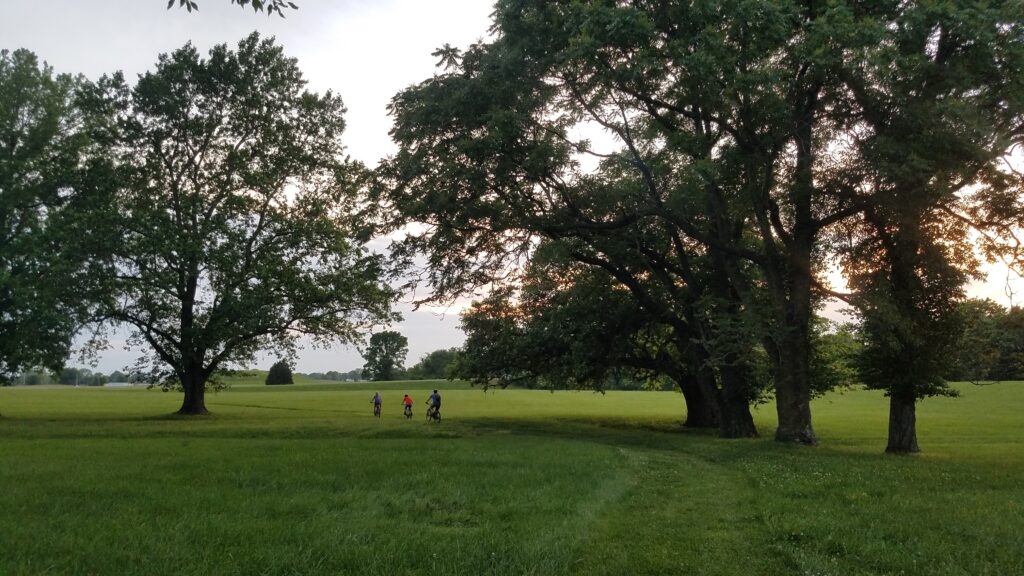
In the evening, we enjoyed a bike ride around the mounds on a path made from mowing the tall grass. This simple trail was great! We then hiked up Monks mound (the tallest structure) and admired the fireflies twinkling their lights along the way.
